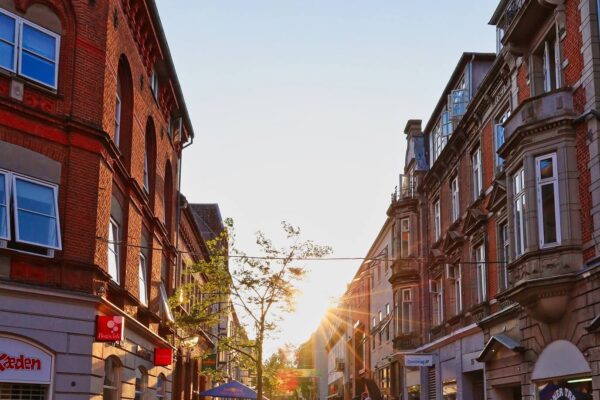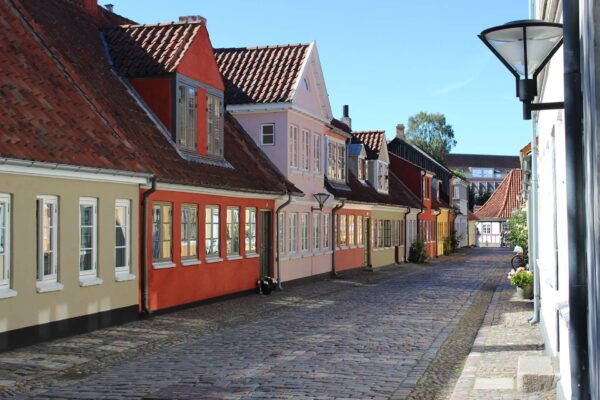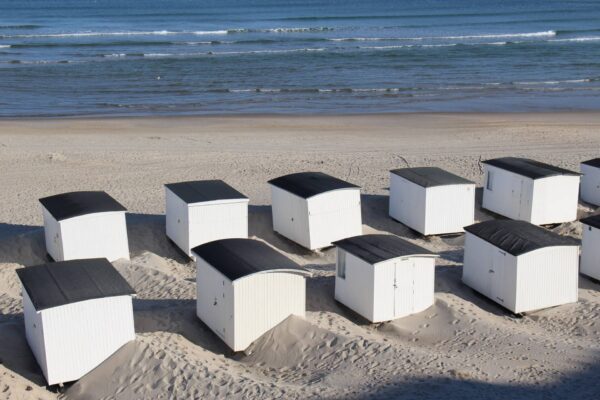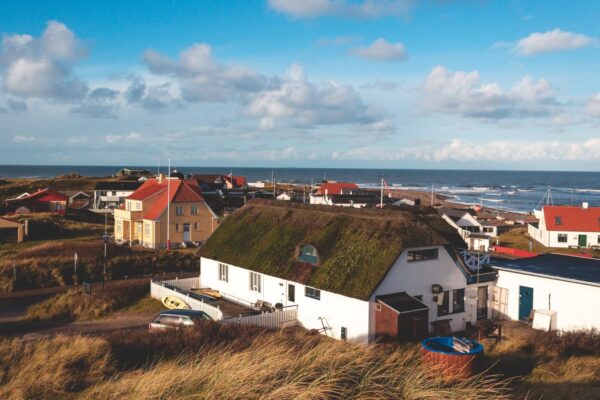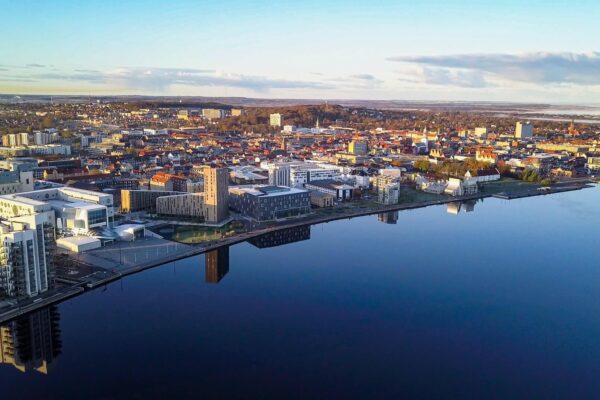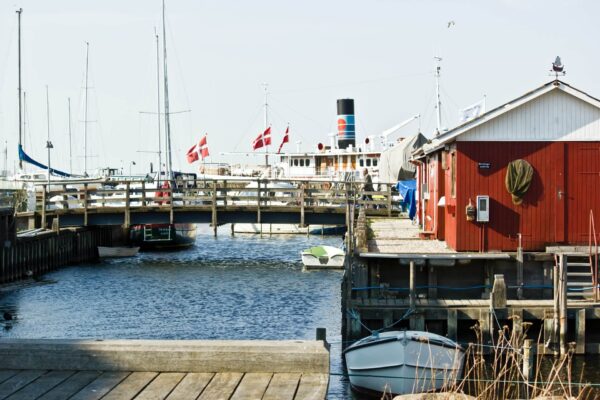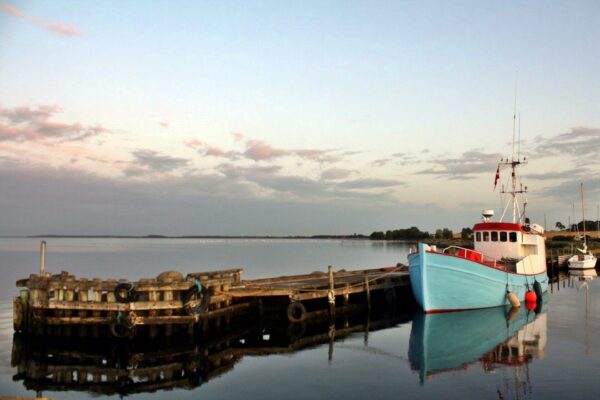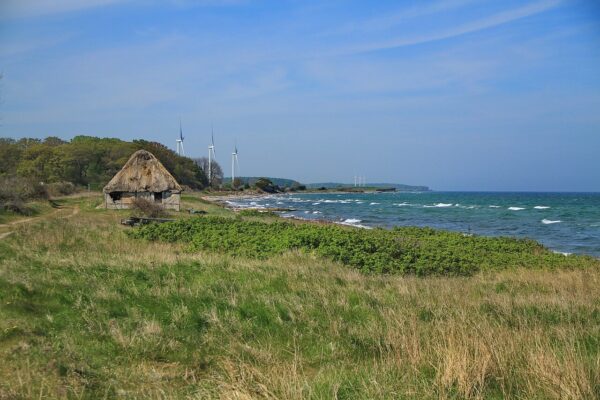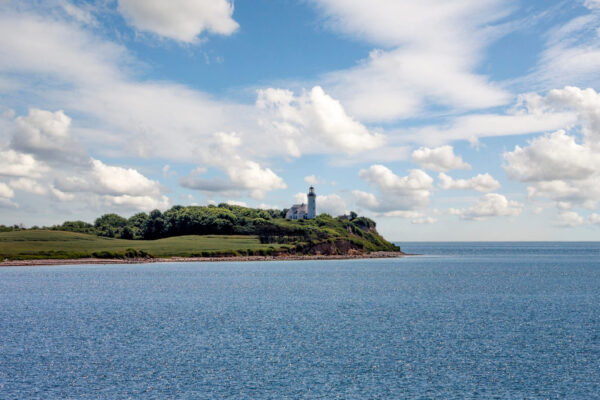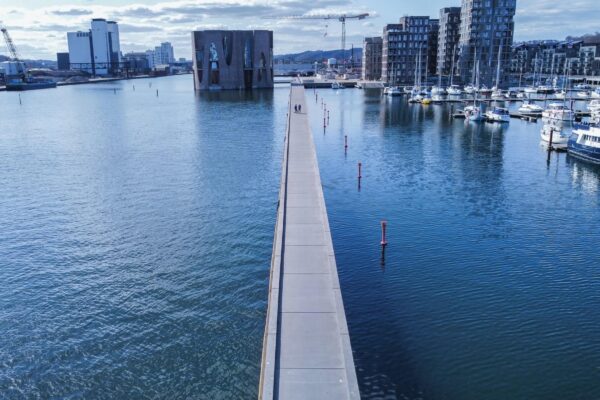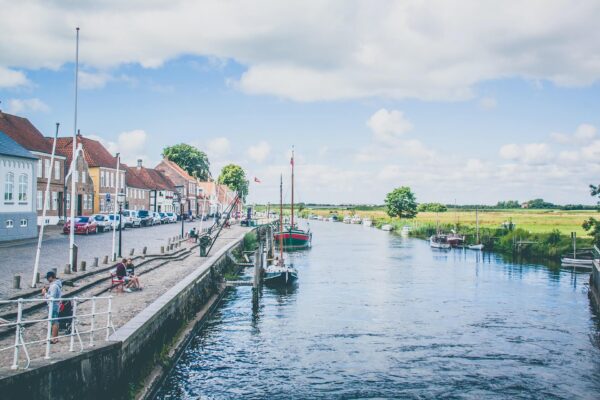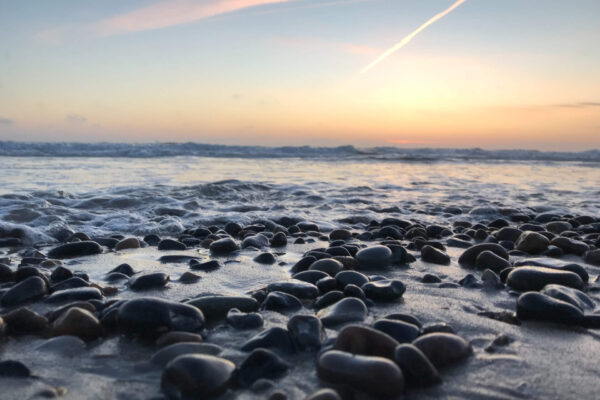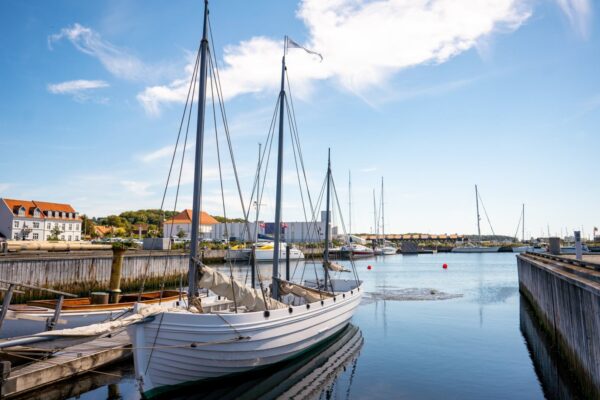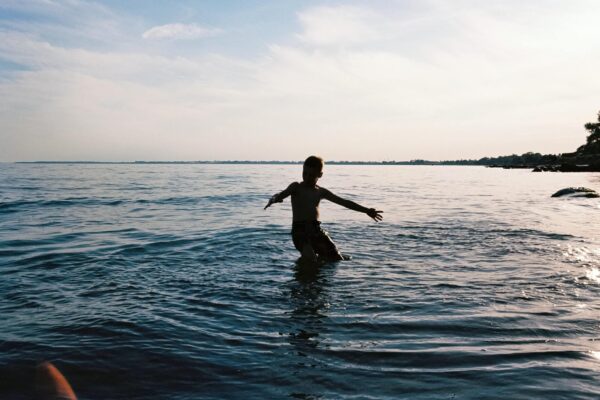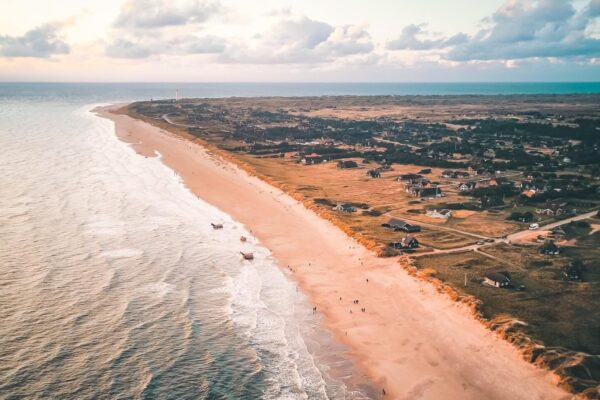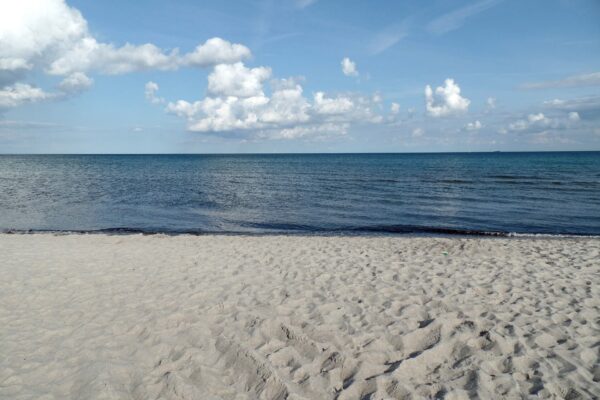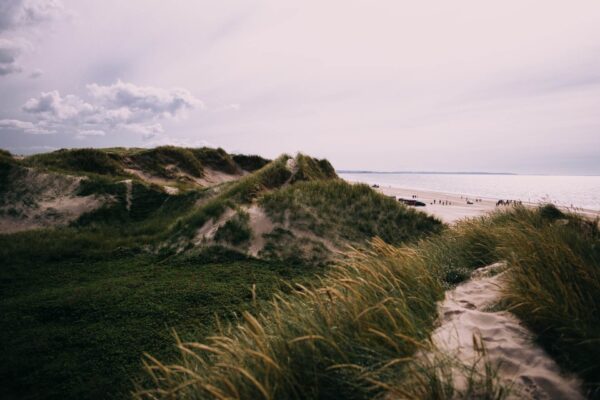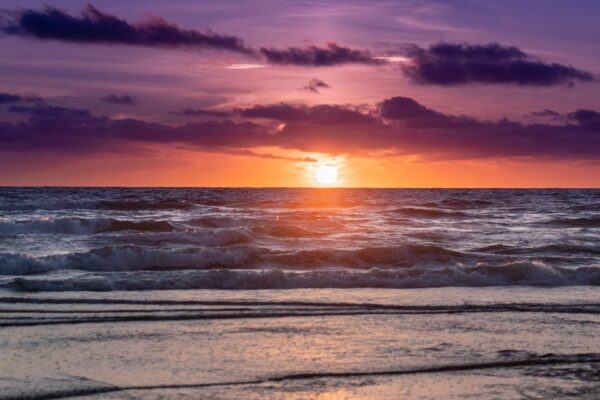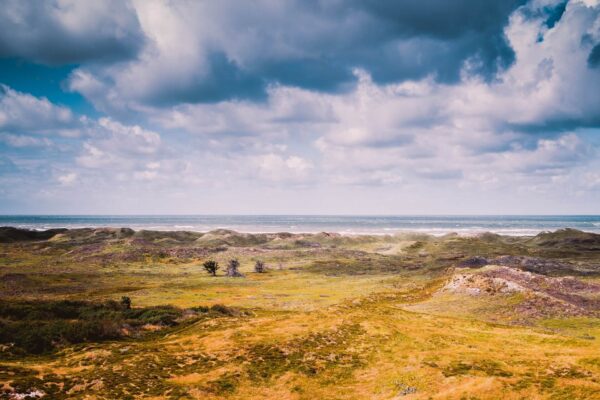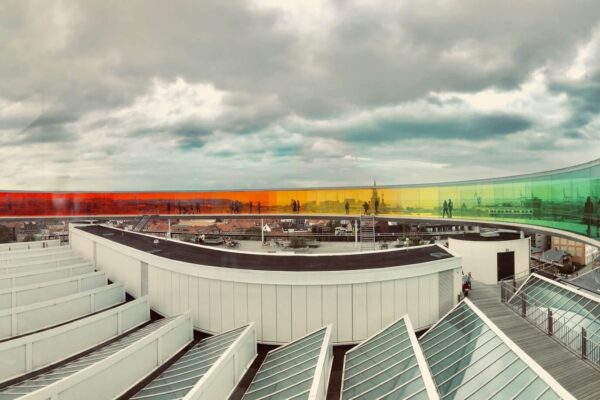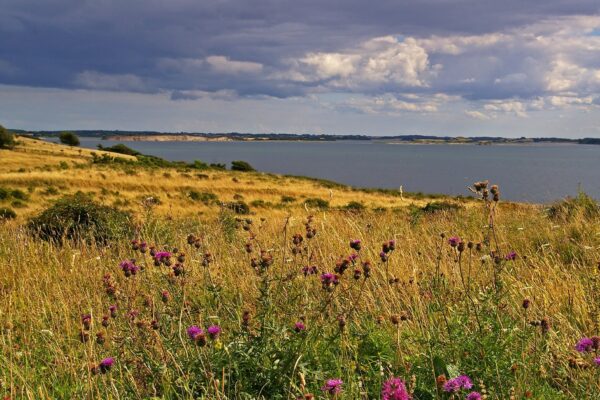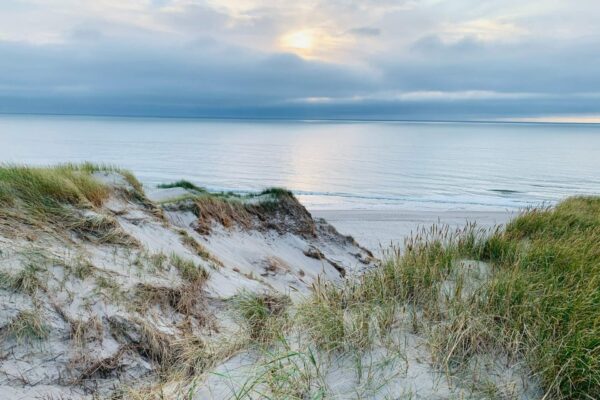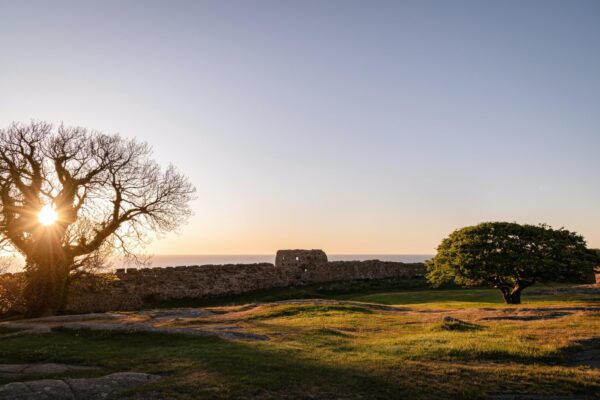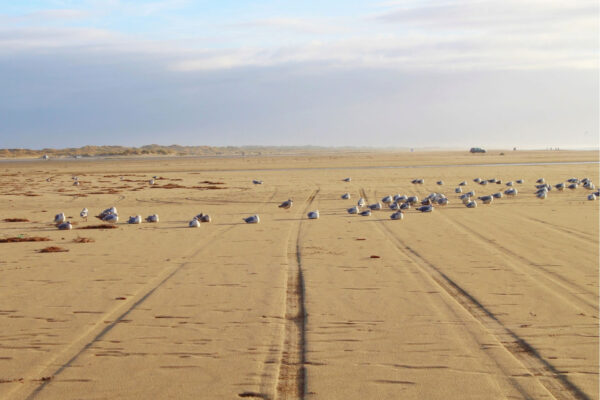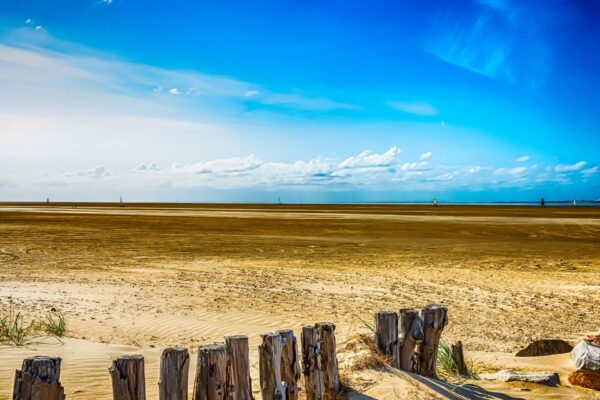Whether for a short weekend break or a relaxed family trip – everyone gets their money’s worth in “hyggelig” and green Copenhagen. Here you will find the travel guide for your Copenhagen trip – from arrival to accommodation.
Copenhagen is the capital of Denmark and is located on the islands of Zealand and Amager. It is the seat of the Danish government and monarchy. Copenhagen is connected to the Swedish city of Malmö via the Öresund Bridge.
| Inhabitants (of the municipality) | 638,100 |
|---|---|
| Area | 88,25 km² |
| Foundation | 1167 |
What does Copenhagen have to offer?
The capital of Denmark is known for its colourful little houses, the Little Mermaid and the many bicycles. It is also known as the fashion and design metropolis of the north, as Copenhagen Fashion Week takes place here twice a year and hardly any other city is home to so many fashion labels.
But the coastal city with around 638 thousand inhabitants has much more to offer: The seat of the Danish royal family, many culinary surprises and, last but not least, the canals that connect the island’s neighbourhoods.
The journey
The quickest and relatively cheapest way to travel to Copenhagen from the UK is by plane. For example, it takes less than two hours on a non-stop flight from London, or Manchester – perfect for a weekend trip. Once you have arrived, the quickest way to get to the city centre is by train or metro, which only takes around 15 minutes from the airport.
Top 10 sights & things to do in Copenhagen
Nyhavn
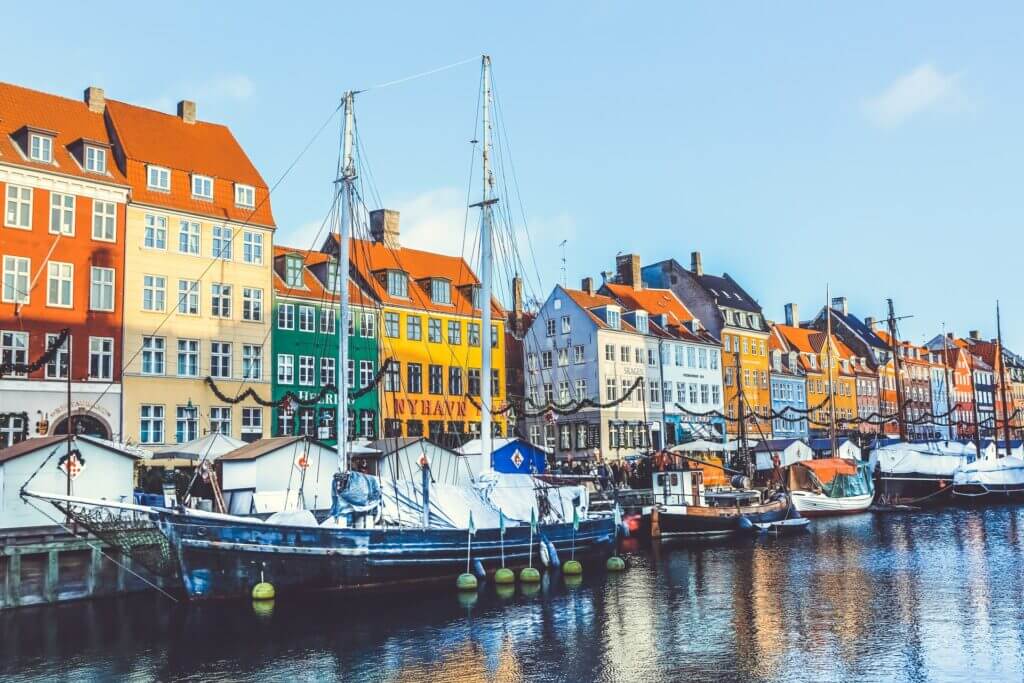
The most popular and probably best-known corner of Copenhagen for tourists is Nyhavn, which has become the city’s landmark. With its colourful row of houses directly on the canal, the harbour is not only a wonderful photo motif, but also a good place to experience the hustle and bustle of the city in both summer and winter. In summer, you can enjoy a cold beer (Danish: “øl”) in one of the many restaurants here, while a cosy Christmas market with mulled wine (Danish: “Gløgg“) beckons during the festive season.
Nyhavn was originally the city’s trading harbour, which is why pubs and bars were established here. Further, many famous artists lived in the historic houses, including Hans Christian Andersen.
Tivoli
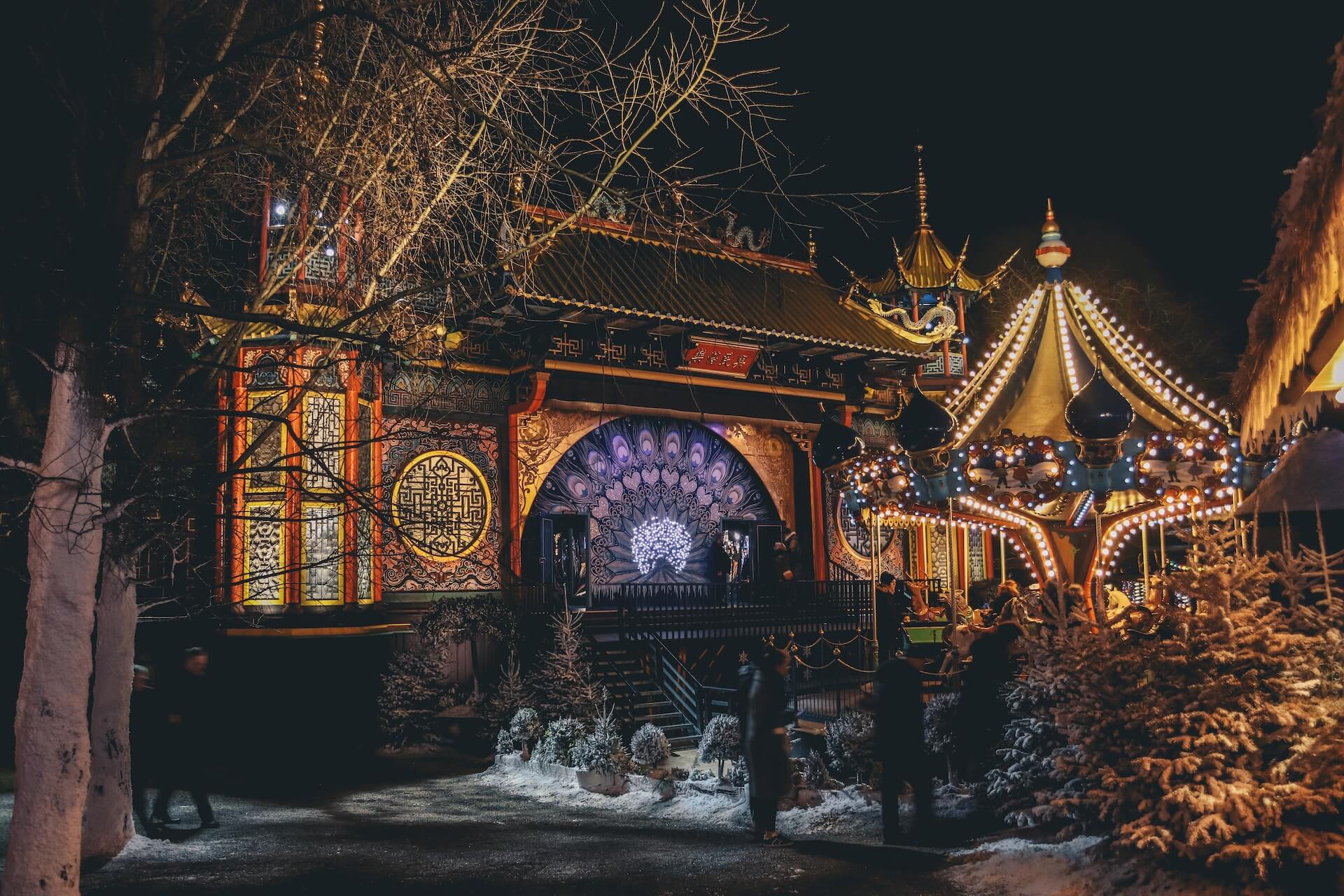
The Tivoli amusement park is particularly exciting, as it is located in the centre of the city. When you step through the gate at the entrance, you suddenly find yourself in a fairytale world. The park was opened back in 1843, but all the new buildings were designed in a historical style as well. Therefore, Tivoli is not only a popular attraction for the whole family because of the rides, but is also worth a stroll as well as the concerts and theatre plays that take place on site.
The park is particularly romantic at Christmas time, when a Christmas market is set up. This ambience can also be felt all year round in the evening when the park is colourfully illuminated.
Amalienborg
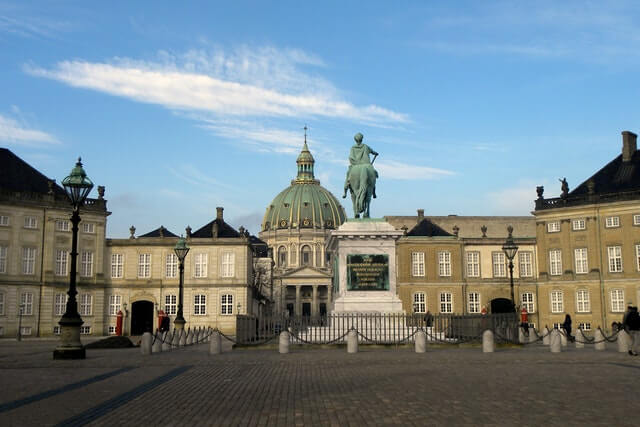
Amalienborg Palace is the city residence of the Danish King. Here you can learn more about the Danish monarchy and its history in the Royal Museum and see parts of the building from the inside.
Of particular interest is the daily changing of the Royal Guard at 12 noon. With their fur hats, they look very similar to the British guards in front of Buckingham Palace.
Frederiks Kirke is located in the immediate vicinity of the palace. The eye-catching domed roof of the church can be entered as part of a guided tour.
Rundetårn
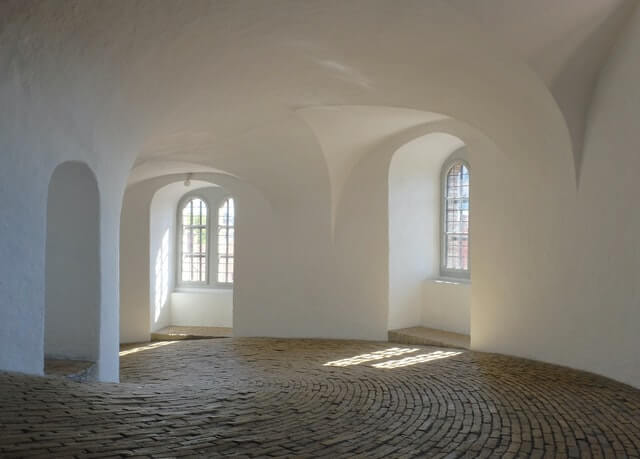
Rundetårn means nothing other than “round tower” and that is exactly what it is. It was built in the 17th century as an astronomical observatory and is characterised by its spiral staircase, which leads to the viewing platform instead of a staircase. This is because horse-drawn carriages used to bring books up to the university library.
Today’s highlight is the walk-on, floating glass floor, from which you can look down onto the interior of the tower.
Vor Frelsers Kirke
If you want to enjoy a particularly beautiful view over the city (better than from Rundetårn!), you should visit Vor Frelsers Kirke (Church of Our saviour). The 90 metre high, spiral-shaped tower of the church can be reached via a spiral staircase on the outside. But the inside of the church is also worth a visit.
Botanical garden
The Botanical Gardens are the perfect attraction for plant and nature lovers. Here you can switch off from the hustle and bustle in the centre of the city and try delicious snacks at the same time, as there are food trucks everywhere. There is no entrance fee for the park itself, only for individual greenhouses, which are highly recommended. The highlight here is the historic palm house.
Christiania
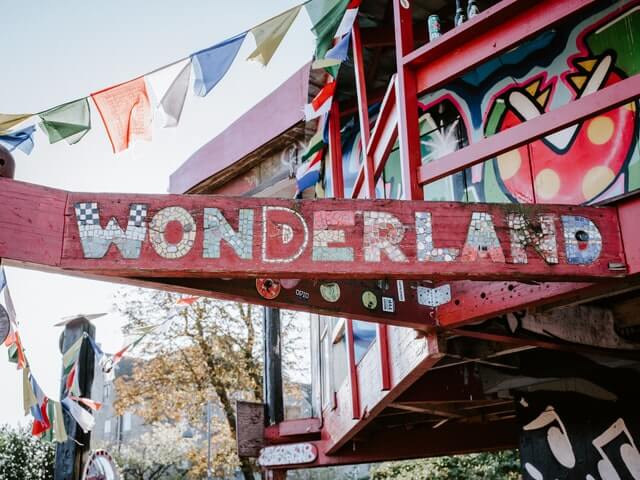
Christiania is the name of a free city in the Christianshavn district of Copenhagen, which was founded by squatters on a former military site in the early 1970s. To this day, it is an autonomous, alternative settlement with various sustainable restaurants and cultural institutions as well as colourful stalls for tourists. Special here is that soft drugs are freely traded.
The area is repeatedly criticised for alleged gang crime, but remains very popular with tourists. If you would like to visit Christiania, you can join a tour led by residents. Be aware that taking photos is not appreciated in some areas.
Amager Strandpark
Amager Strandpark is a popular local recreation area and the largest beach in Copenhagen. Even if it is unfortunately only artificial, it is worth a trip in summer to go swimming on the Danish coast and combine your city trip with a bit of relaxation. It only takes 10 minutes by metro or bike from the city centre.
Canal cruise
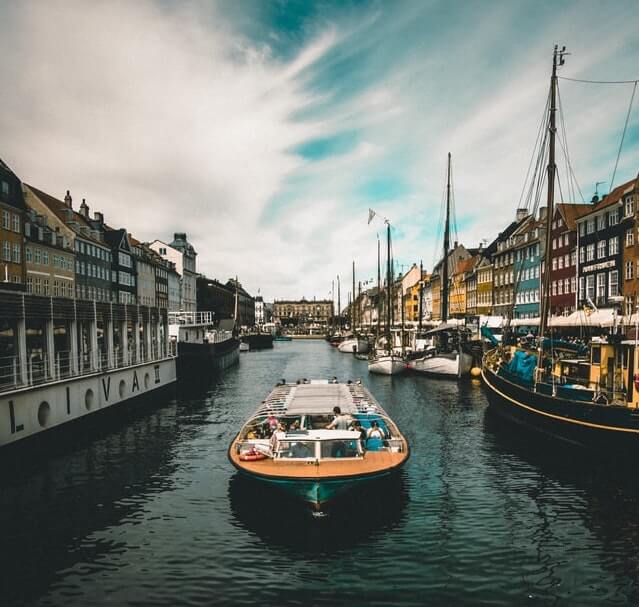
You can experience and discover Copenhagen from the water on a canal cruise: The guides bring travellers closer to the city as the boat sails through the harbour, past charming houseboats and many sights along the canal. One of the city’s landmarks, the Little Mermaid, can also be admired from here.
Most trips depart from Nyhavn and take around 60 minutes.
Excursion to Malmö
If you’re not just on a short trip and have a little more time, you can experience Swedish culture as well as Danish flair. All you have to do is take the train across the Öresund Bridge between Copenhagen and Malmö in Sweden, which runs every 20 minutes. The journey only takes around half an hour from the main railway station, making Malmö the perfect day trip destination. There is also plenty to see and experience there.
Further tips: gastronomy & shopping
Copenhagen has many cosy cafés and a modern gastronomy scene, for example in the street food hall Refshaleøen, right on the waterfront. Here you can find classic Danish dishes and food. You should definitely try Danish hot dogs, the typical cinnamon buns – the “Kanelsnegler” – and of course Smørrebrød in all its variations. One of the oldest restaurants in the city is Schønnemanns, which serves sandwiches with thick toppings.
Shopping and strolling in the cycling city is a lot of fun. We recommend the Strøget pedestrian zone, which connects several streets and squares. In the Nørrebro district you will find small shops, in Vesterbro many furniture and design stores.
Accommodation & overnight stays
Generally, it is more common to stay in hotels in Copenhagen than in holiday flats or holiday homes. These are more likely to be found in the Danish countryside. For your first trip to Copenhagen, it is ideal to stay in the city centre (Danish “Indre By”) to avoid long walks. From there, you can reach almost all the sights by foot.
There is a large selection of hotels in the city centre, many of which have a special concept or design. For those on a budget, there are also hostels to be found in the city.
On the road in Copenhagen
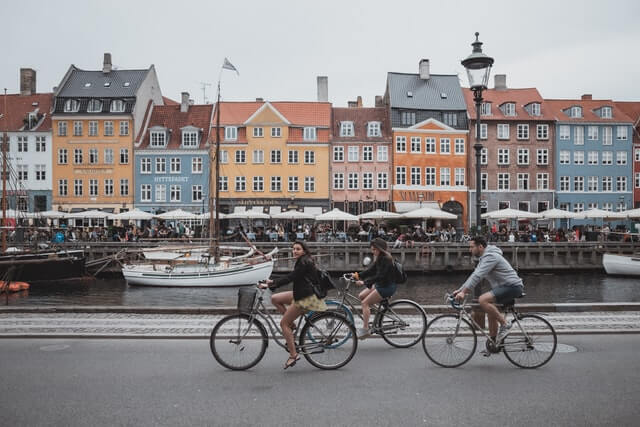
If you choose to travel without your own car, there are various ways to get from A to B in the city. As Copenhagen is a cycling city, it is a good idea to explore it by bike as well. You can hire an e-bike at stations everywhere, but there are classic bike rental shops you can got to as well.
You don’t really need a car to visit the main sights, as everything is close together and public transport in Copenhagen is very well developed. The Copenhagen Card, a city pass especially for tourists, is worthwhile for the metro, bus or harbour bus. It combines a comprehensive ticket for all local transport with admission to many sights. This is particularly convenient and makes sense if you want to visit many attractions where you have to pay admission. The card can be booked for a specific period of time.
